There are two key components of any great team: individuals who work well together to achieve a common goal and a leader who works diligently to ensure they’re well equipped to do so. With skills and toolsets as diverse as those found in engineering, leaders need a keen eye to spot new team members and processes that will add value to their squad, which is no small feat.
We spoke to engineering team leads at twelve companies to learn about how they hire software engineers and what they do to support employees once they’ve been welcomed.
How To Hire Software Engineers Successfully
- Look for candidates that display humility, ambition, curiosity and enthusiasm.
- Ask about their strengths and talents, how will they compliment the team?
- Find a candidate that is team-oriented and seeks collaboration — perfect skills aren't helpful unless they're attached to a team player.
- A good fit goes both ways. An engineer must be good for the team and the team must be good for an engineer.

Peapod Digital Labs
You can’t tell a compelling story using characters that are identical. And similarly, Development Manager Dan Miller at Peapod Digital Labs believes his team can’t reach its full potential when its members have identical strengths. So, he seeks out diversity in skillsets when hiring and works to cultivate those individual talents once new team members are on board.
When it comes to hiring, what characteristics do you look for in candidates and how do you ensure they’re a great culture fit?
When I go into an interview, I like to focus on the talent of the individual and how they will complement the rest of the team. I pay attention to how they respond to the questions and feedback; for example, how do they react when they don’t know an answer? Do they demonstrate structured, organized thinking and problem-solving?
Beyond that, I think it’s important to consider the broader team they’ll be working in. Many leaders will say they wish they could clone their top performer, but having people who look, think and contribute identically is not a team. I like to think about the skillsets and talents that aren’t represented in our team and identify the complementary experiences that will push us to be better overall.
I believe a significant part of my role as a leader is to listen and understand what someone is working towards.”
How do you set your engineering team up for success and support them in reaching their goals?
I believe a significant part of my role as a leader is to listen and understand what someone is working towards and to give them opportunities to develop the skills they need for their long-term objectives. I don’t think a one-size-fits-all strategy works because everyone approaches their work and their goals differently. I also believe I’m here to remove barriers and create an environment that doesn’t slow things down, and I really appreciate that our agile approach supports that. As an organization, we’re constantly evaluating what is working and what’s hindering success. I hope that my team members are never fearful to share a mistake or a problem but instead feel encouraged to be open about what they could do differently to get an improved result.
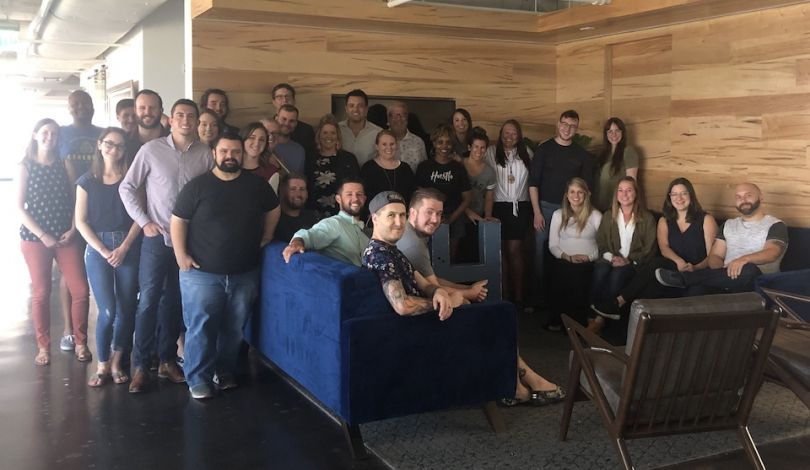
Travelers Haven
Warren Wright, vice president of engineering at the tech-enabled housing firm Travelers Haven, strives to build tech teams that are like families. He wants team members to share, look out for one another and call out areas of improvement for others — all without the sibling rivalries or bickering.
When it comes to hiring, what characteristics do you look for in candidates and how do you ensure they’re a great culture fit?
We value the spirit of Agile here and hire accordingly. To that end, I look for engineers who, aside from technical qualifications, show a level of humility and relational smarts. I want a team of folks who collaborate well, are in love with the idea of shared code-ownership, are open to the ideas and critiques of others, and treat each other well. I strongly believe that an engineer who is productive and functions well as part of a team is a happy engineer.
Each team has a dedicated product owner, and that P.O. puts in work to make sure devs are tackling meaningful problems.”
How do you set your engineering team up for success and support them in reaching their goals?
We run a fairly typical scrum framework for our engineering teams. That said, I am not married to scrum, so much as to principle of Agile development. Over time, our flavor of Agile can and should evolve, tailoring to each team. Retrospectives and open conversations are key.
Further, I work with my product folks to not just funnel requests, but to develop them into roadmap items and strategically prioritize them before we expend dev cycles. Each team has a dedicated product owner, who puts in work to make sure devs are tackling meaningful problems.
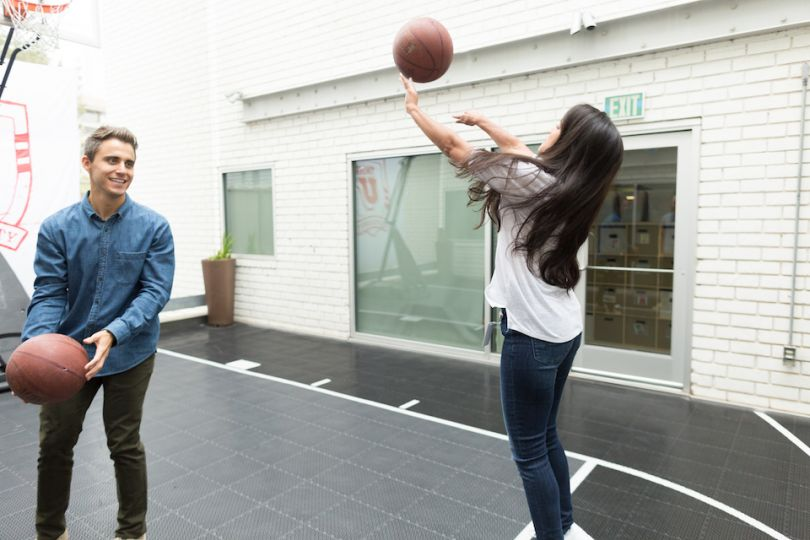
Tinder
You can use your engineering skills to help with workflow optimization, data-driven insights and video gaming prowess, but have you ever considered deploying your coding talent in the service of love? Tinder is unique in that the work of a relatively small engineering team can have huge impacts on its millions of users worldwide.
VP of Engineering Tom Jacques highlighted some examples of his engineers’ career growth at the West Hollywood company.
When it comes to hiring, what characteristics do you look for in candidates and how do you ensure they’re a great culture fit?
One of the most unique things about Tinder is the outsized opportunity to make a tangible impact for a community of tens of millions of users. Our team is still considered “small” relative to our global footprint, so every engineer has a real hand in shaping the user experience.
For example, Tinder Lite — which just launched on Android in Vietnam — came out of a hackathon project pitched and built by one engineer. Our leadership team was impressed with their dedication — and the effort so perfectly laddered up to our company’s goal of creating better global experiences — that we had a team come together to finalize the version that’s in the hands of users today. A small team of five engineers was responsible for building our sexual orientation update that helps our LGBTQ+ community find more relevant matches, too.
When you take a step back to think about that, it’s incredible. It’s important that this facet of the job — and the opportunity that comes with it — allows candidates to pursue their passions because ultimately it’s a two-way street: our organization needs to be a fit for the candidate as much as the candidate needs to be for us.
...our organization needs to be a fit for the candidate as much as the candidate needs to be for us...”
How do you set your engineering team up for success and support them in reaching their goals?
Communication is critical. Engineering is a more technical field, but people tend to forget that communication and soft skills still matter, regardless of how much you can code on your own. Establishing communication systems that optimize for engineering success has been a priority since I joined the team. We’ve redesigned our pod structure to ensure that they are more cross-functional than ever before. We’re experiencing better communication, faster decision-making and more end-to-end ownership of initiatives. Tinder is an app that brings people together, and I want to be sure that our team has access to the information and tools that can guarantee success — and that their role and contributions aren’t isolated.
We also have a company-wide learning and development program that entitles every employee to a stipend in order to further pursue career-focused passions and skill development. This could be anything from a business class to a public speaking course.
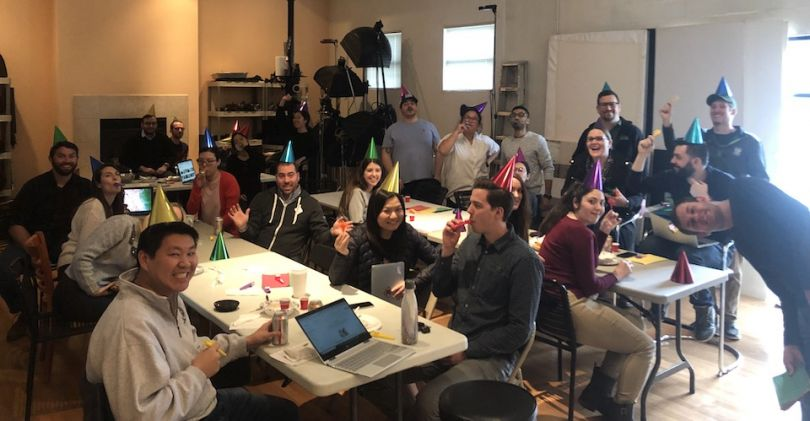
Tovala
Tovala’s Co-Founder and CTO Bryan Wilcox looks for a number of traits in candidates, but one of the most significant is also the simplest — is this candidate a nice person? He invests time in truly getting to know interviewees so he can maintain the cooperative and transparency-based culture of his engineering team, and the company overall.
When it comes to hiring, what characteristics do you look for in candidates and how do you ensure they’re a great culture fit?
We look for people who are ambitious but humble, and team-oriented. We have a very kind workplace, so we’re always filtering for that. Amazing talent is not enough to make up for a poor attitude or mistreatment of your colleagues. We look for people who are curious, have a growth mindset and act with integrity. These are not the easiest things to screen for, so we rely heavily on our network for references, and we do our best to spend as much time as possible with candidates so we can get the truest sense of their character.
Amazing talent is not enough to make up for a poor attitude or mistreatment of your colleagues.”
How do you set your engineering team up for success and support them in reaching their goals?
We have a very transparent and process-oriented culture, particularly with our engineering teams. We hold weekly stand-ups, rely heavily on a variety of tools to ensure clear communication, accountability and prioritization, and go to great lengths to build camaraderie among our engineers. We also have several company-wide processes in place to make sure that our engineers, and everyone else, have visibility into everything important that is happening at Tovala.
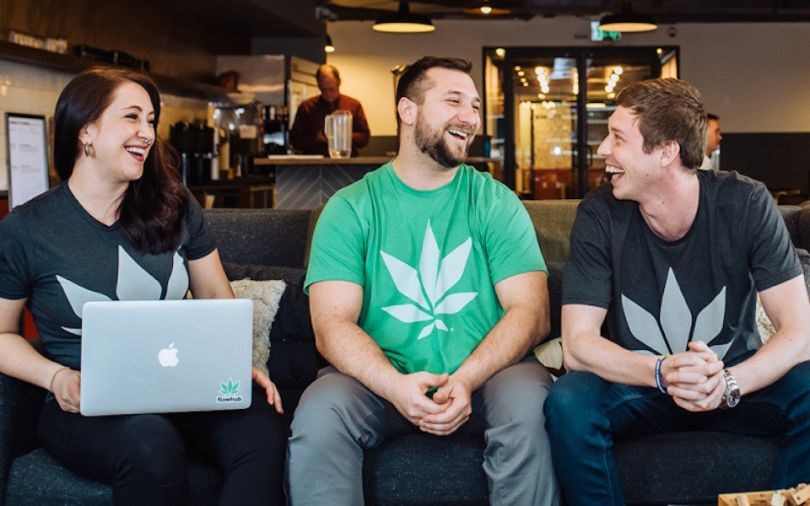
Flowhub
As the chief technology officer at Flowhub, Mark Donnelly takes seriously his job of aligning employee goals with that of the business. Donnelly said new engineers are asked to think about what they want their future at the company to look like almost immediately, and efforts are taken to ensure their goals can be met within the enterprise.
When it comes to hiring, what characteristics do you look for in candidates and how do you ensure they’re a great culture fit?
We look for engineers who can work with a level of maturity regardless of title. No one has time to micromanage, so being comfortable with autonomy is very much a trait you need to have to thrive here.
The culture at Flowhub is something everyone is very proud of. We have an interview process where the candidate will get to meet a lot of the engineering team. During this process, our people naturally illuminate aspects of the culture they like. At the end of the interview, we make sure the message has resonated with the candidate.
We look for commonality between our employee’s needs and wants, and the company’s — making sure that people get to work on the problems that interest them.”
How do you set your engineering team up for success and support them in reaching their goals?
Career development has always been in sharp focus for me. It is satisfying to see people grow within the organization. When a candidate starts at Flowhub, an engineering manager will meet with them in their first week to discover what they want their career trajectory to look like and what interests them — be it technologies, processes or experiences. We look for commonality between our employees’ and company’s needs and wants, making sure that people get to work on the problems that interest them.
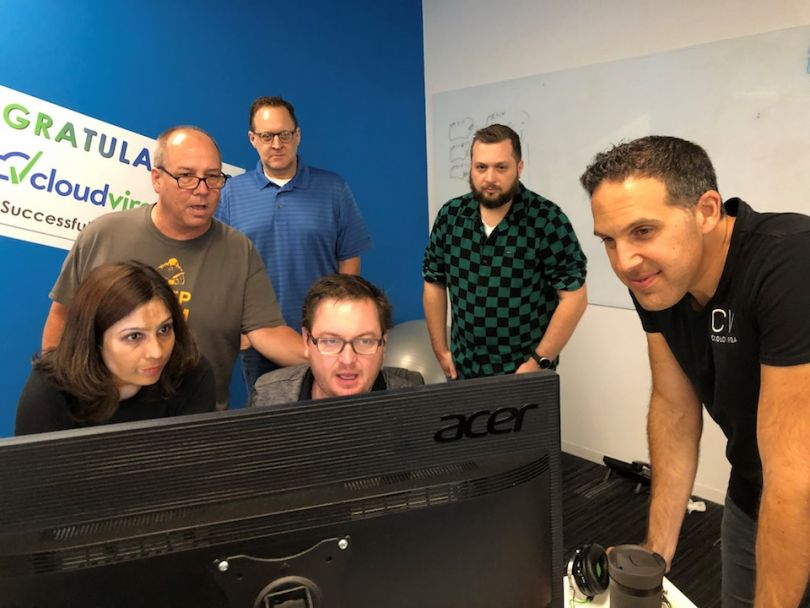
Cloudvirga
While owning a home is undoubtedly exciting, the process of applying for a mortgage is certainly not. Cloudvirga’s point-of-sale software helps simplify the process for loan officers and homebuyers alike, processing more than $200 billion each year for the largest mortgage lenders in the United States
CTO Daniel Akiva said he always aims to set his engineers up for long-term career growth.
When it comes to hiring, what characteristics do you look for in candidates and how do you ensure they’re a great culture fit?
Enthusiasm and curiosity! When we evaluate a candidate’s fit, we start by identifying those who are truly excited about technology and solving problems. Coming to work every day and being amped to create, ideate and build is deep-rooted in the DNA of all CV engineers. As for curiosity, our engineers are driven by a need to make things work. As someone who built and disassembled computers from a young age, I understand that driver. The combination of enthusiasm and curiosity leads to success in so many ways: elegant code, efficient workflow, exciting user experiences, work satisfaction and more.
...we created teams that are comprised of diverse levels of engineering talent in order to drive continuous learning and mentoring. ”
How do you set your engineering team up for success and support them in reaching their goals?
When I joined CV, one of my first initiatives was to create and publish a career ladder that provided overall visibility and optionality into career progression. In addition, we created teams that are comprised of diverse levels of engineering talent in order to drive continuous learning and mentoring. We work hard to align our technology passion with projects and teams to promote career growth. And, of course, being surrounded by the best, the brightest and the most enthusiastic teammates has contributed to our engineers’ job satisfaction and success.
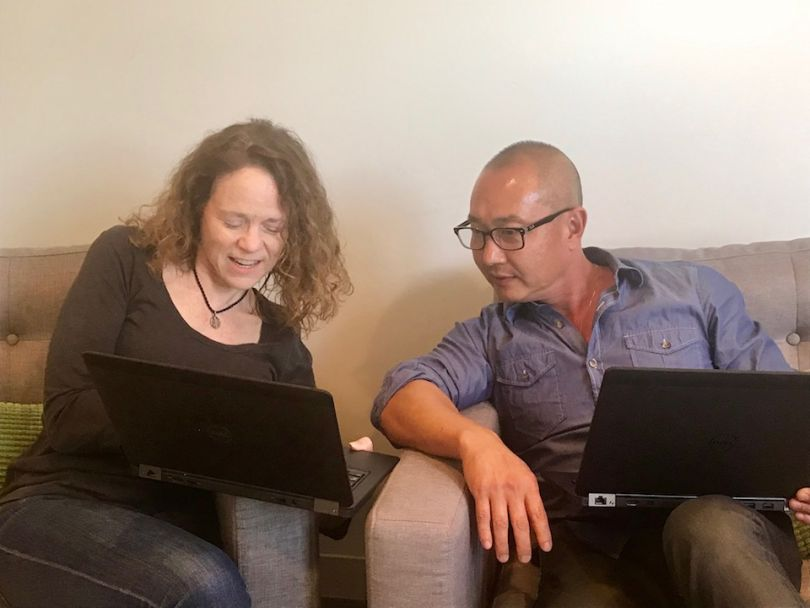
ChromaDex
ChromaDex partners with universities and research institutions to explore the potential of nicotinamide riboside, a molecule the company says has outsized effects on our experience of aging. ChromaDex seeks to replenish the body’s nicotinamide adenine dinucleotide — dubbed NAD — and improve the way customers age through its direct-to-consumer supplement.
CTO Ben Shichman hires engineers he can trust and prefers to act as a consultant for his teams, rather than a micromanager.
When it comes to hiring, what characteristics do you look for in candidates and how do you ensure they’re a great culture fit?
I love to work with smart, curious people. They should be natural problem solvers, like to experiment with new technologies and explore new ways of working. Like any startup, we need entrepreneurially-minded, creative people who are also fun to work with. For culture fit, we look for communicative, collaborative people who like to ask questions. Interviewees meet with other cross-functional teams so they can meet the people they’d interact with outside of the engineering team. We believe that every interview is a candidate evaluating us as much as it is us interviewing them.
Simply put, my job is to create an environment for success for my teams — and then get out of their way. ”
How do you set your engineering team up for success and support them in reaching their goals?
Simply put, my job is to create an environment for success for my teams — and then get out of their way. The key is trust. I don’t practice micromanagement and leave it to the team to make the decisions they need to and consult with me where appropriate. I do my best to help us move forward in a strategic fashion and eliminate the out-of-bounds work requests that so often derail a good team’s productivity. I never set expectations with external stakeholders without consulting my team, and I look to them to provide honest assessments and feedback.
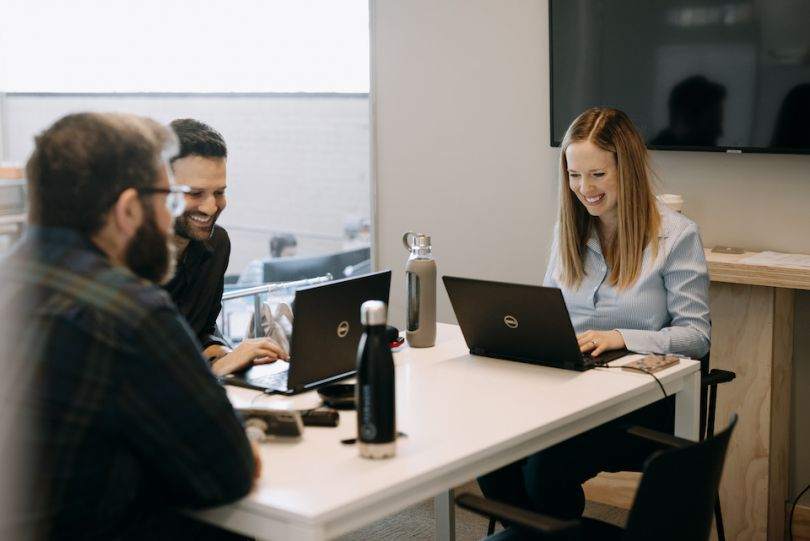
Forager
Matt Weber, CTO at Forager Logistics, is not clairvoyant, but he wants to help candidates see their professional futures — then get them there after they sign on. Weber said the company values professional development and offers opportunities for team members to diversify their skillsets.
When it comes to hiring, what characteristics do you look for in candidates and how do you ensure they’re a great culture fit?
As a recent startup, we work in a fast-paced and high-expectations environment, and our team is excited and proud of the impact we’re making in the transportation industry. So, when it comes to hiring a new team member, making sure they match our culture and enthusiasm is a top priority. We’re always looking for out-of-the-box thinkers who really like to dig in and make a difference — not just punch a timecard. We like to keep our interview process short and conversation-based. This helps us get to know candidates and their backgrounds and quickly determine if they are a good fit for what we’re doing.
We’re committed to the long-term growth of our team and work to provide plenty of development opportunities.”
How do you set your engineering team up for success and support them in reaching their goals?
We’re committed to the long-term growth of our team and work to provide plenty of development opportunities. In fact, a question you’ll often hear in our interviews is, “Where do you want to take your career, and how can we help you get there?” And the cool thing about Forager is the opportunity to work on both the front end and back end. Couple this with our “Open Communication, Always” policy, and it’s easy to see why this is a great place for someone to build a career.
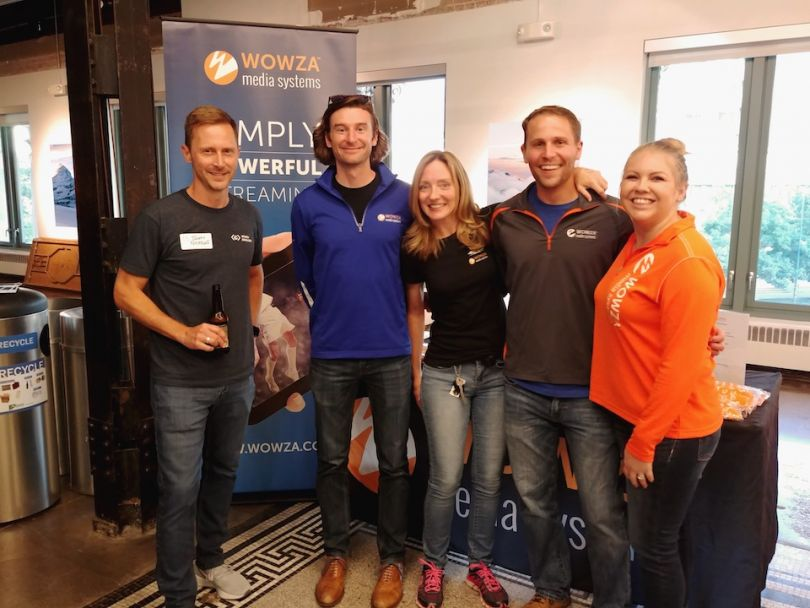
Wowza Media Systems
Sometimes, you need more than pure skill to succeed. Director of Engineering Scott Nicholls at Wowza Media Systems doesn’t hire new team members based solely on their technical prowess — he assesses how well they would fit into the team dynamic overall and how their uniqueness can add value across the board.
When it comes to hiring, what characteristics do you look for in candidates and how do you ensure they’re a great culture fit?
Of course, we look for strong technical skills and experience that will help us succeed in building great software. But, candidates should also bring their unique perspectives, talents, passions and preferred ways of working. I consider how each candidate would complement and affect the team dynamic and make us even stronger. It’s also important to engage the rest of the team in the interview process for them to get a personal sense of how a candidate will mesh.
I consider how each candidate would complement and affect the team dynamic and make us even stronger.”
How do you set your engineering team up for success and support them in reaching their goals?
As a leader, I consider serving the team my top priority. I strive to work with the product team and other leadership to capture the company vision so the teams understand the “why” behind the work we’re doing and the impact we’re making. I also have regular one-on-one meetings to listen to concerns and challenges, to coach and to ensure we’re working together to help the team succeed while also enabling individual career growth.
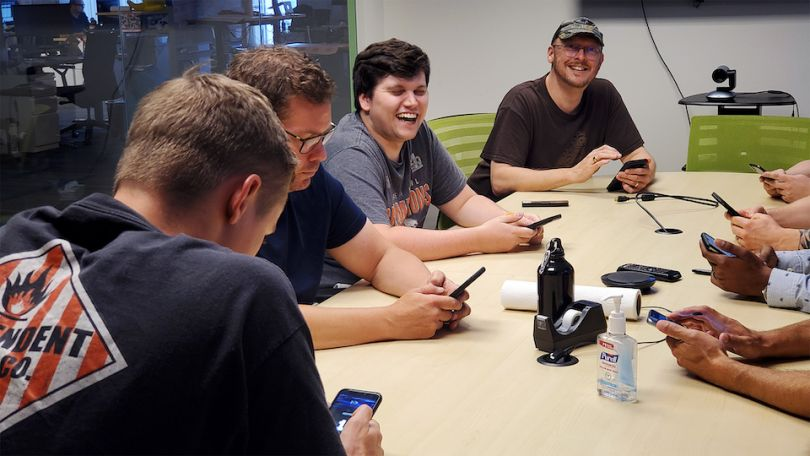
GutCheck
Software Engineering Director Nathan Lamb pushes his team to succeed by letting them fail. The leader at the online market research firm GutCheckencourages his team members to take chances on things that may not be guaranteed to work but are guaranteed to be learning experiences.
When it comes to hiring, what characteristics do you look for in candidates and how do you ensure they’re a great culture fit?
We’re always looking for the next hire that makes our amazing team even more amazing. We search for those excited to share their own knowledge and expertise, helping push the current team to even greater heights. Our culture is one that values candor, intellectual honesty and humility. We are a team that collaborates with a positive attitude to find the most constructive ways to accomplish goals in the time we have allotted. Our team strives to find people who are egoless, driven and who want to push themselves past their limits. We search for these candidates and invite them to our team’s welcoming and friendly environment.
Each team member is free to take calculated risks; failure is encouraged provided we learn something along the way.”
How do you set your engineering team up for success and support them in reaching their goals?
GutCheck’s core values help set its leaders on a great path. I empower my team by trusting and respecting their decisions. Each team member is free to take calculated risks; failure is encouraged provided we learn something along the way. Further, I assume and generally believe that everyone on the team is doing the best they can do. As a group, we are challenged to solve difficult problems, and we trust ourselves to build the best possible solutions.
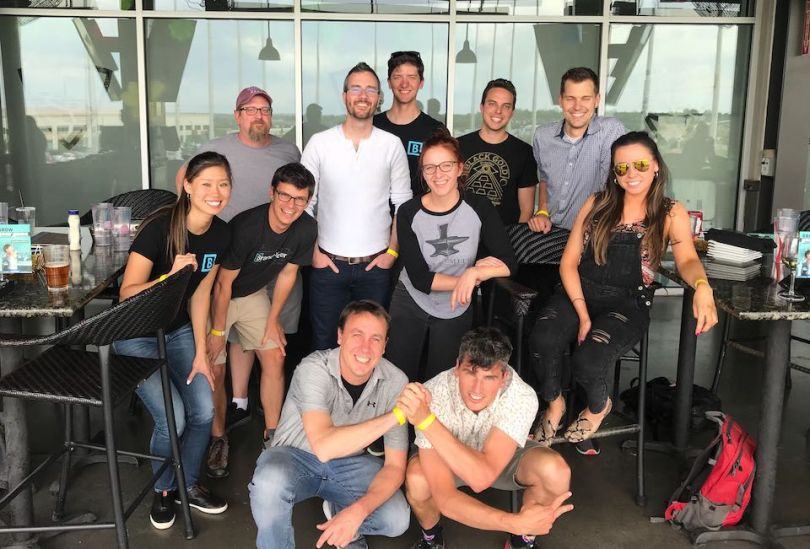
Brandfolder
Brandfolder’s Director of Engineering Brett Nekolny works to keep his team engaged, and he has a number of ways of doing so. Nekolny’s team at the cloud-based asset management solution provider has many efficiency-based processes and tactics in place, designed to keep engineers working at their full potential.
When it comes to hiring, what characteristics do you look for in candidates and how do you ensure they’re a great culture fit?
We’re always looking for someone who is going to add to our team dynamic and push us all to be a better team. But we also make sure the candidate’s values align with our core team values: it’s all about the team; bring passion, work together; ship fast, sustainably; and fix problems, even when they’re not yours.
Assessing if someone is a great culture fit for us is much simpler if we understand how they’ll complement the various opinions and personalities across our team and fit within the values. Our team strives to strike a balance between well-designed code and delivering the next great customer experience. Does the candidate seek team buy-in, or do they steamroll others with their ideas? Is there a drive to deliver? Finally, when we have an incredible product that’s been built, will this person embrace the existing successes of the team’s hard work and build upon those wins?
In my experience, I’ve seen that having an engaged team segues into a team that is executing at a high level.”
How do you set your engineering team up for success and support them in reaching their goals?
The first thing to establish is what success looks like. For me, success looks like an engaged team that’s continuously learning and delivering on objectives. In my experience, I’ve seen that having an engaged team segues into a team that is executing at a high level.
We have numerous mechanisms and touch points that facilitate both growth and delivery. Some of these day-to-day practices include seeking feedback early with code reviews; static code analysis and automated testing; pushing dark code that leverages our iterative process across more than 15 deploys a day; and feature ownership and documentation that includes product requirement docs, an internal Wiki and code-level comments.
On the “softer” side of things, we have planning, daily standups, check-ins and one-on-ones to support the progress and growth of our individual team members and the overarching goals of our team. If we leverage these practices appropriately, there should be sufficient feedback to show us that our team is set up for success and supported in reaching their goals.
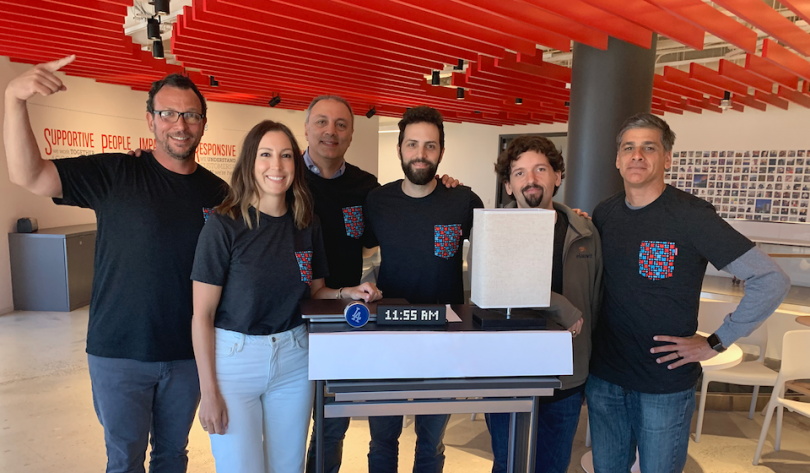
Boingo Wireless
It didn’t take long for Wi-Fi to become an essential utility, up there with power and water. Boingo plays a pivotal role in the delivery of information to the masses through its design, building and operation of Wi-Fi and cellular networks at airports, convention centers, stadiums and other commercial hubs.
VP of Engineering Ben Shamsian said his team is already deep into working with 5G technology.
When it comes to hiring, what characteristics do you look for in candidates and how do you ensure they’re a great culture fit?
Boingo is the place to be. We’re front and center to the 5G era and are always looking for superstars who are eager to help us build the wireless future. We take pride in our work, thrive solving complex issues and have an engineering culture where coding, stacks, the cloud and Star Wars fan clubs are the norm. Our ideal candidates embody the “SPIRIT of Boingo”: supportive, people, impassioned, responsive, innovative and transparent.
We work hard to ensure everyone has goals that align with the department and company.”
How do you set your engineering team up for success and support them in reaching their goals?
Transparency is key. No matter your role on the team, it’s important we provide you with a clear idea of Boingo’s strategic roadmap and what we’re trying to accomplish. We work hard to ensure everyone has goals that align with the department and company. Once goals are set, action plans are put in place and we ensure employees have the tools they need to achieve success. Open communication allows us to help troubleshoot, give strategic guidance and confirm the team is on track to meet goals.




